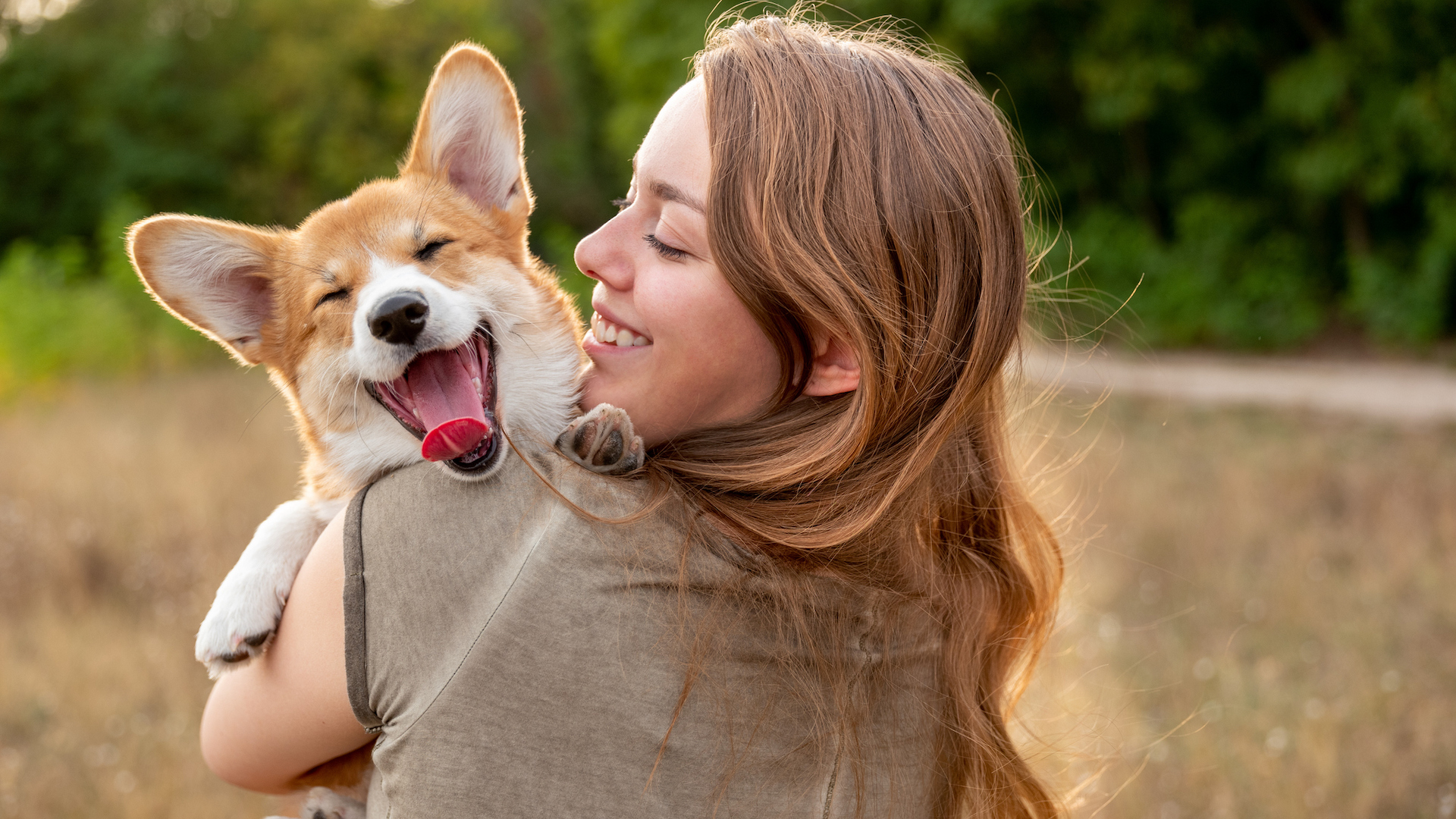
We all know the slogan, “A dog is for life, not just for Christmas”, coined by the Dogs Trust charity more than four decades ago. Owning a dog is not just a wonderful experience and a privilege, but a responsibility.
Sharing your life with a dog will give you fond memories, special moments playing together with the best puppy toys, and mutual affection – but also years of commitment and duty to do your best for that dog at all times, and not just when it suits you. “For richer for poorer, in sickness and in health” could easily apply to the canine ownership as to marriage.
Before even starting to look at darling puppies (because who can resist?), or if you already have a dog and want to be assured you are the most responsible owner you can be, take a look at this checklist.
32 ways to be a responsible dog owner
1. Be realistic about your lifestyle

Jot down what are you looking for in a dog, and ask yourself whether what you can offer fits or conflicts with his or her needs? For example, you think you want a Great Dane, but live in a small apartment. Or you love high-energy dogs like Springer Spaniels, but only have time to exercise them at weekends.
Also, a dog is not just a one-off cost. Be realistic about the monthly and annual outgoings for food, vaccinations and accessories. It's worth noting now that certain breeds are listed as some of the most expensive pets in the world.
2. Pick a breed

If you think you love a certain breed, research conscientiously. Is this breed really one that fits in with your lifestyle and living space? Does this breed suffer any congenital health problems, and are you prepared for this? Look at what you think you want in a dog and can offer it, and work out which breed ticks all the boxes. The American Kennel Club gives comprehensive details on all the recognized breeds. Then go and meet some of those dogs – go to dog shows, meet breeders, talk to people in the park. Better to be put off before you commit.
3. Get in touch with ethical breeders

Puppy farms tend not to have animal welfare as a priority. They churn out large numbers of puppies with scant regard for the dogs’ health or the puppies’ futures. They are often kept in poor, cramped conditions and may not have had veterinary attention such as vaccinations or parasite treatments. The goal is profit, the farms are often unlicensed, which means they don’t have to adhere to certain welfare standards. Instead, make contact with ethical breeders with a good reputation. The American Kennel Club has a breeder referral page; the Kennel Club in the UK also has a database of assured breeders.
4. Ask and expect questions

When you go to buy or pick up your puppy or dog, ask questions. If anything concerns you, raise it. Ask about what the dog is fed, how it has been brought up, its likes and dislikes.
You should also expect a responsible breeder to ask you questions about what you can offer your dog – some even want to check out your home – as they will want to ensure their pup is going to a good, lifelong home.
5. Give an older dog a loving home
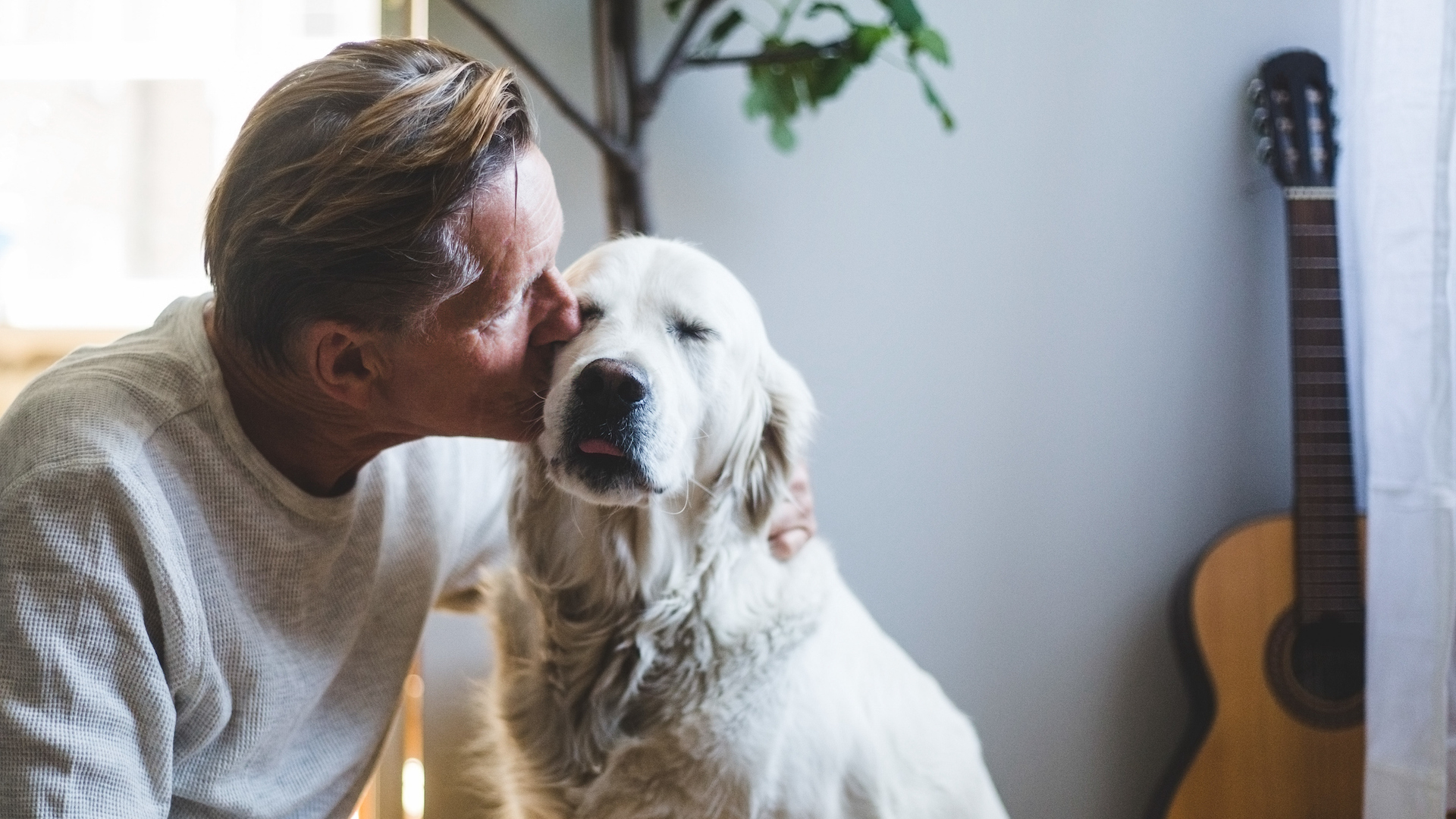
Older dogs in shelters are much less likely to find new homes as people rush to adopt puppies. However, older dogs tend to be less destructive in the home, are usually neutered and you can often obtain their history from the rescue organisation. Giving an older dog a loving him in their twilight years is a wonderful service.
6. Don’t rush it

They say that the perfect dog is out there waiting for you. While this may not quite be true – and there may not be such a thing as the “perfect” dog! – getting a pup is not something to be done on a whim or in a hurry. Do your research, bide your time and be ready for the new arrival.
7. Ditch birthdays!
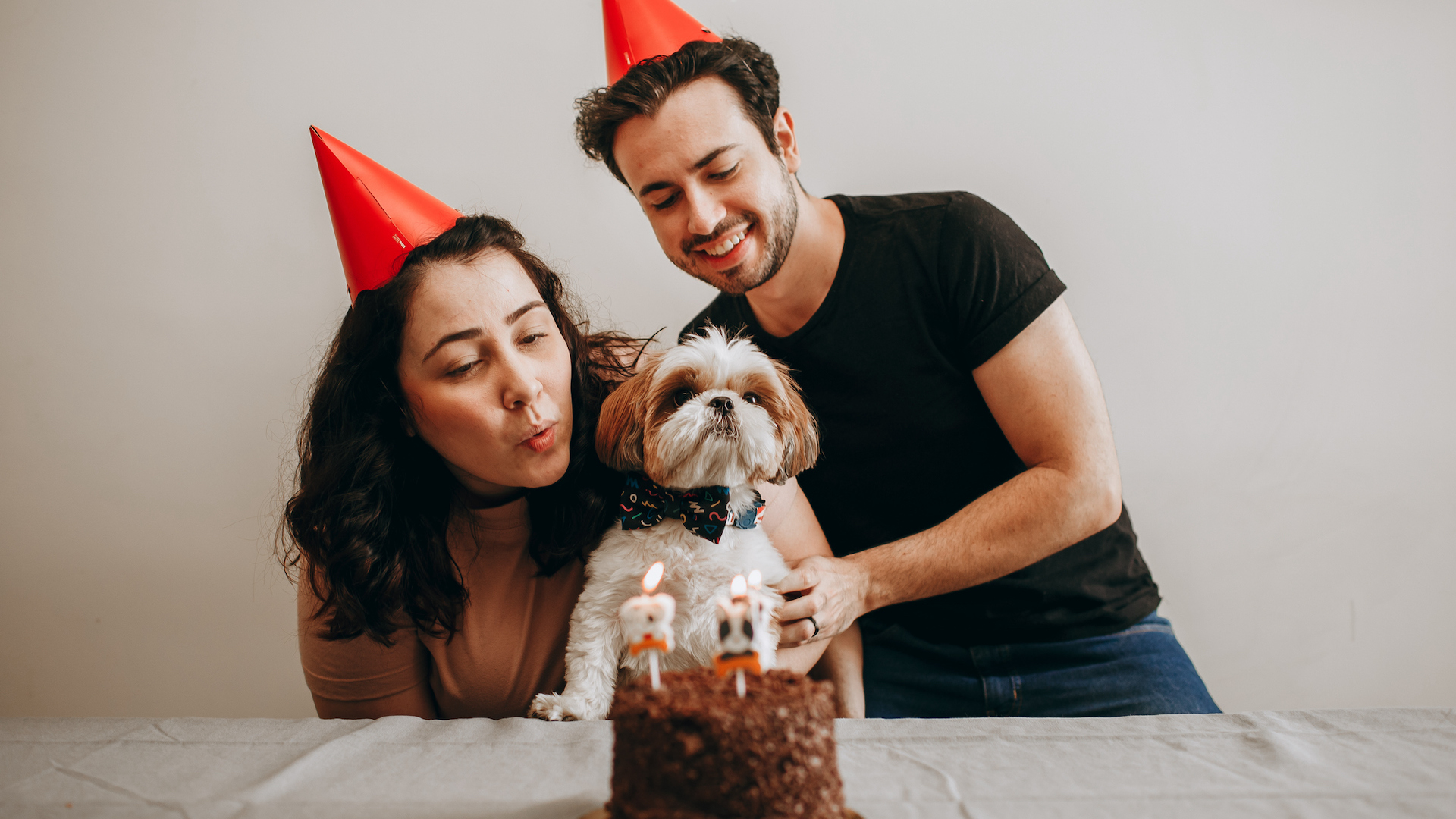
A dog doesn’t know what day it is. While it’s fun for children to celebrate a dog’s birthday with cake (canine-friendly of course), presents and suchlike, a dog is happiest with a routine and won’t understand why they are suddenly being spoilt and the centre of attention and being forced to blow out candles. You could mark anniversaries by having some special photos taken, or buying a new bed, or treating them to some of the best dog treats.
8. A dog is for life, not just for Christmas
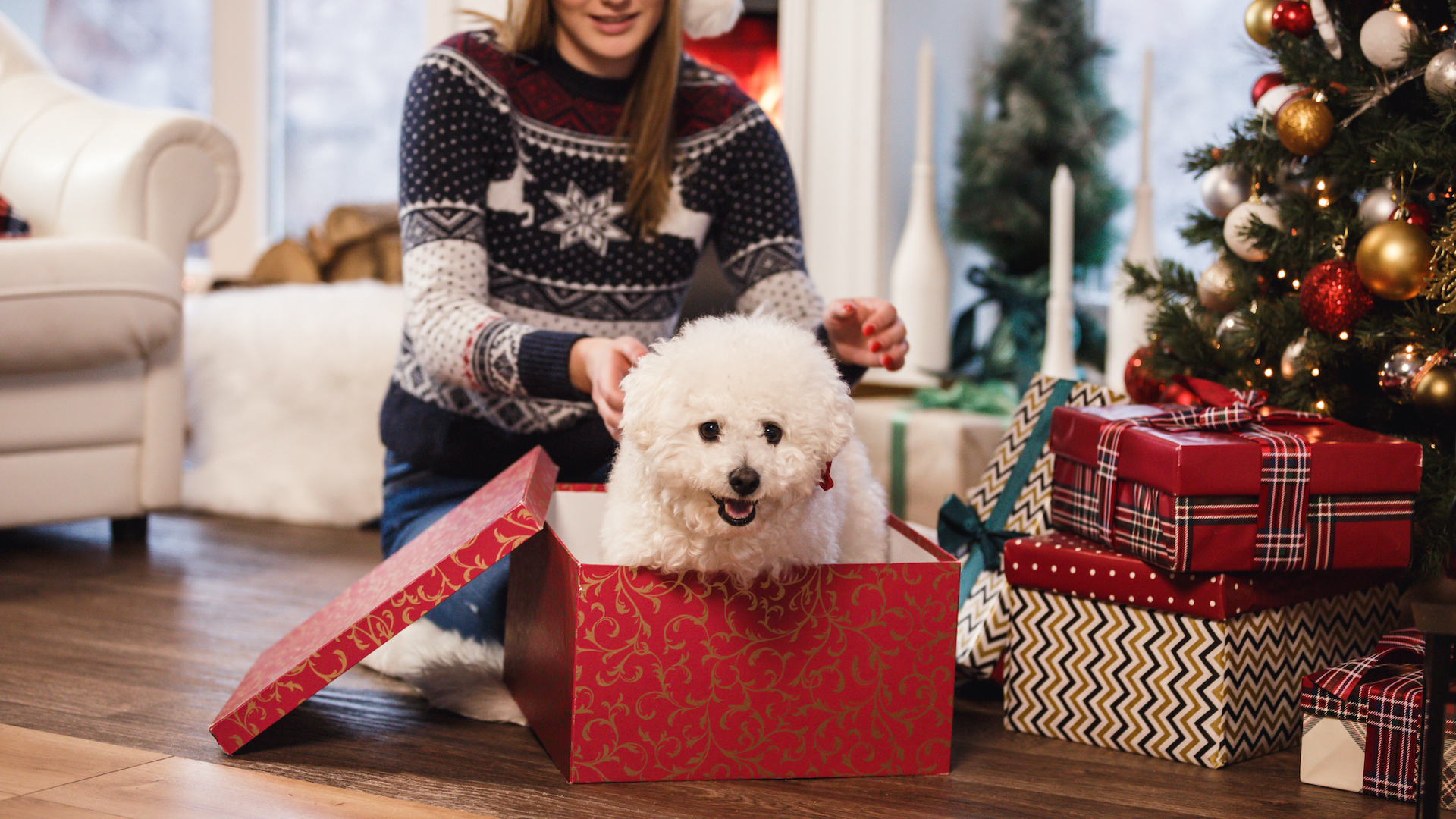
This Dog’s Trust slogan is worth remembering, as welfare organisations tend to discourage giving dogs as gifts. The recipient may not be as desperate for a dog as you think they are, and furthermore a puppy needs to arrive into a home that is settled and calm, so you can give them your undivided attention – which is hard to do in the middle of Christmas festivities.
9. The importance of a contract

Always get the details of the adoption or sale in writing. This should include not only details for the fees paid, neutering agreements, restrictions on breeding, living arrangements, but also what will happen to the dog if you are unable to look after them in the future. A good sign of a responsible breeder or welfare organisation is that they will want the dog to return to them in such a scenario.
10. Microchipping
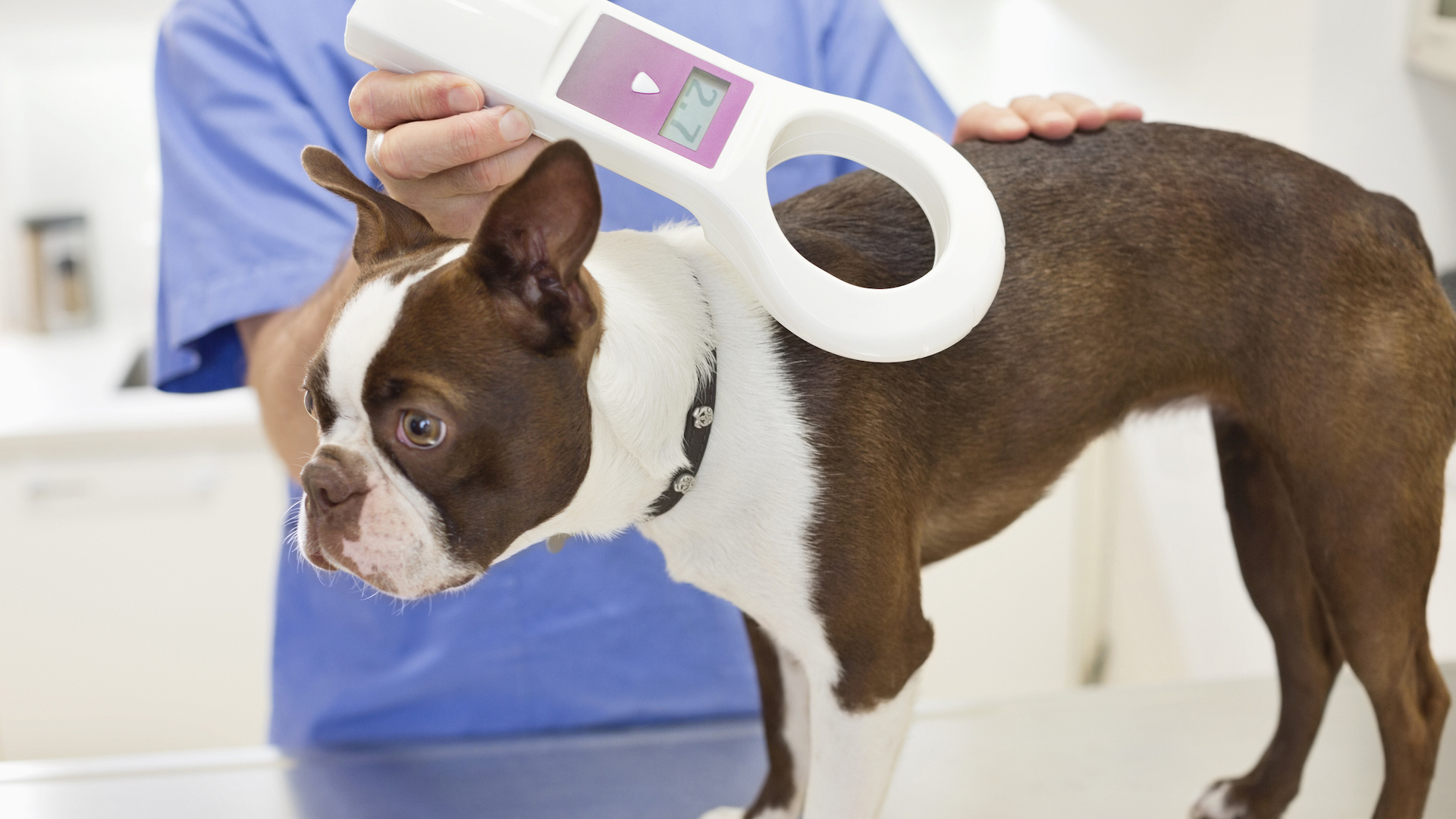
In the UK, since 2016 it has been a legal requirement for all dogs over the age of eight weeks to be microchipped. In the US it is not mandatory. Only a few states require microchipping, but it is advisable given that the statistics show that one in three pets gets lost at some point during their lifetime.
The great thing about a microchip is that while a dog may lose his collar or tag, the microchip is embedded in his skin, giving your dog a permanent unique identifying code. If your lost dog is found and taken to a vet, they can identify you as the owner and reunite you.
If your dog is already microchipped when you get him, make sure you transfer the chip to your details. Find out more on microchip scanners here.
11. Dog-proof your home

A bit like having a toddler around, dogs create their own set of challenges in terms of seemingly benign household items suddenly being potential hazards. Puppies love to chew, to tear up things and generally cause chaos, so make sure you are well prepared before they arrive. You may want a stair-gate, a doggy playpen, and you’ll need to cover up all electrical cables.
12. Make your garden safe

Is your back yard securely fenced? Remember, some dogs can jump high, and even the little ones can dig their way to freedom or wriggle through a fence. If you cannot be sure that your back yard is secure, you will need to have your dog on a leash while outside until he is well trained.
You’ll also need to remove any toxic plants in case they wants to nibble them.
13. Get set
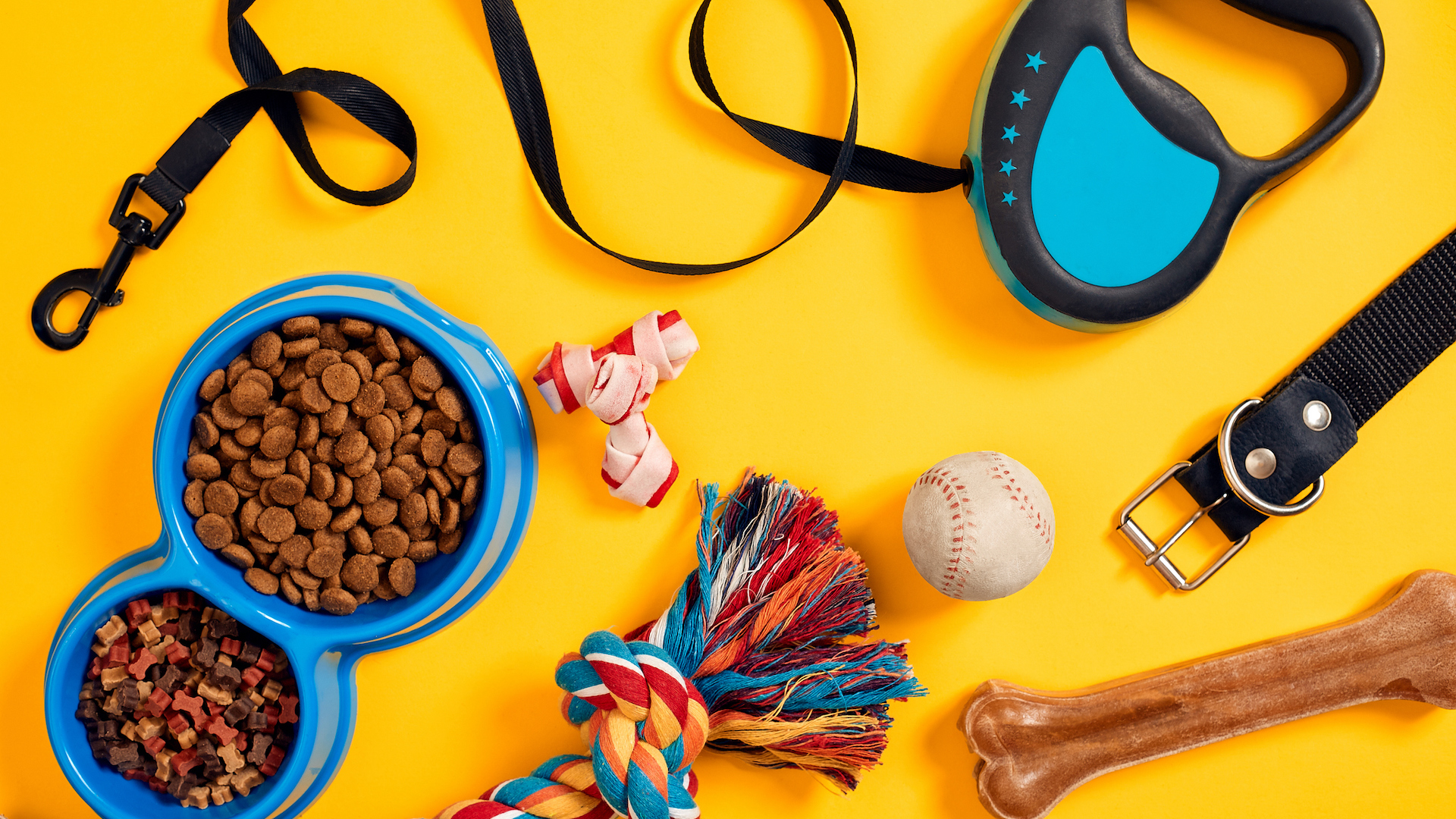
Like planning for a newborn baby, you’ll want to have everything in place before the dog arrives home. You don’t want to be popping out to the pet store to buy necessities when you should be spending as much time as possible bonding with your pup and helping them to settle in.
Make sure you have plenty of appropriate dog food (puppy food if he is under a year), a collar, a dog tag with your number on it, a cozy bed, a food bowl, a water bowl, treats, toys and so on.
14. Schedule doggy tasks

Especially while the family gets used to the routine of having a new member in their home, write down a schedule of who does what and when, so nothing gets forgotten, and the pup is able to settle in quickly. Who will be in charge of feeding, who will exercise, playtime, grooming, cleaning up the yard. If it‘s all written down somewhere, either on an app of a simple whiteboard, everyone knows where they stand and you’ll have a contented dog.
15. Choose your vet
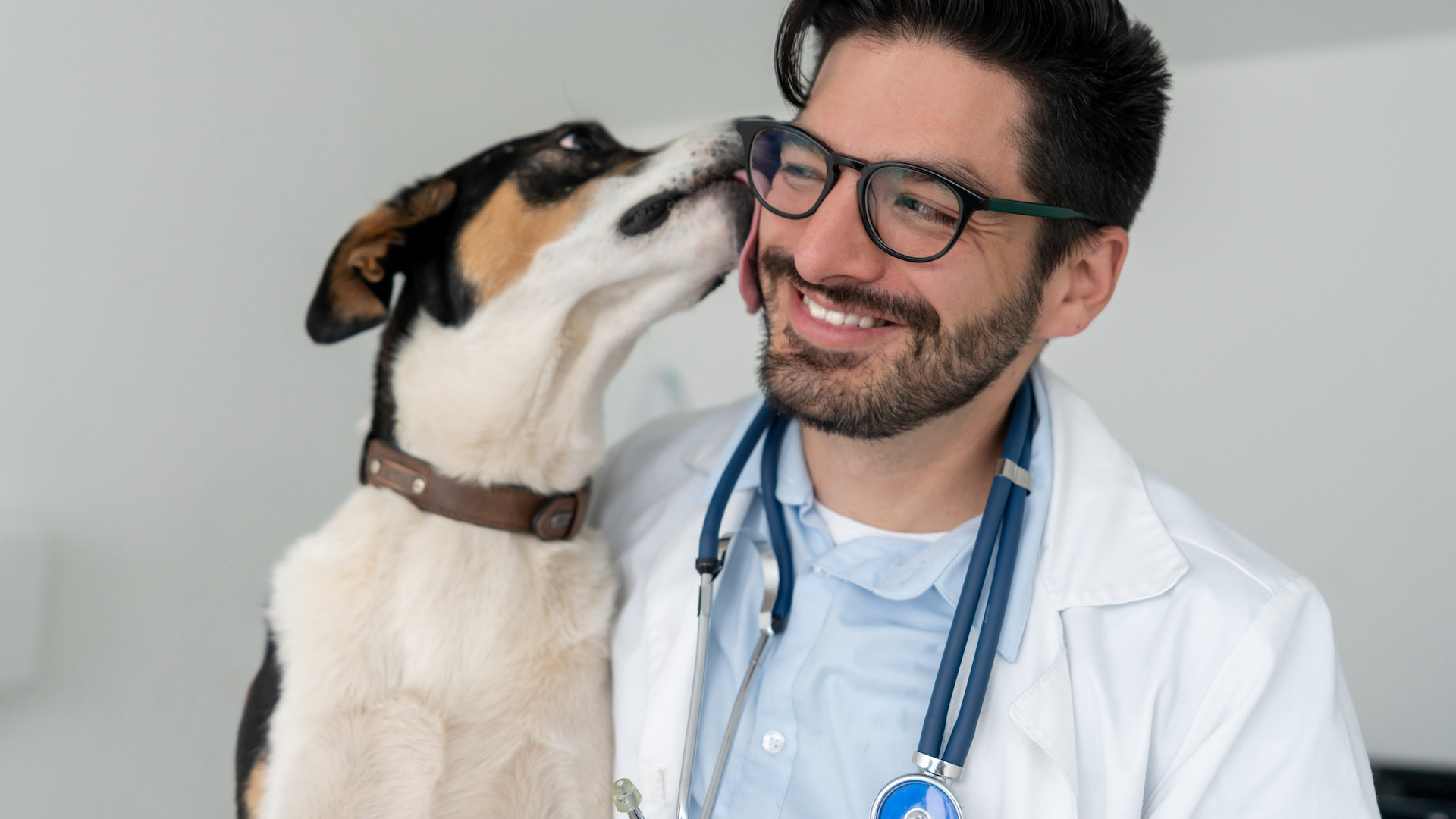
You don’t want an emergency call to be the time you select which veterinary practice you’ll use. Ask around locally which canine vets are recommended in your area, so that you can register your pup and log his vaccinations, book follow-ups, and any health issues as soon as he arrives.
16. Book annual health check-ups
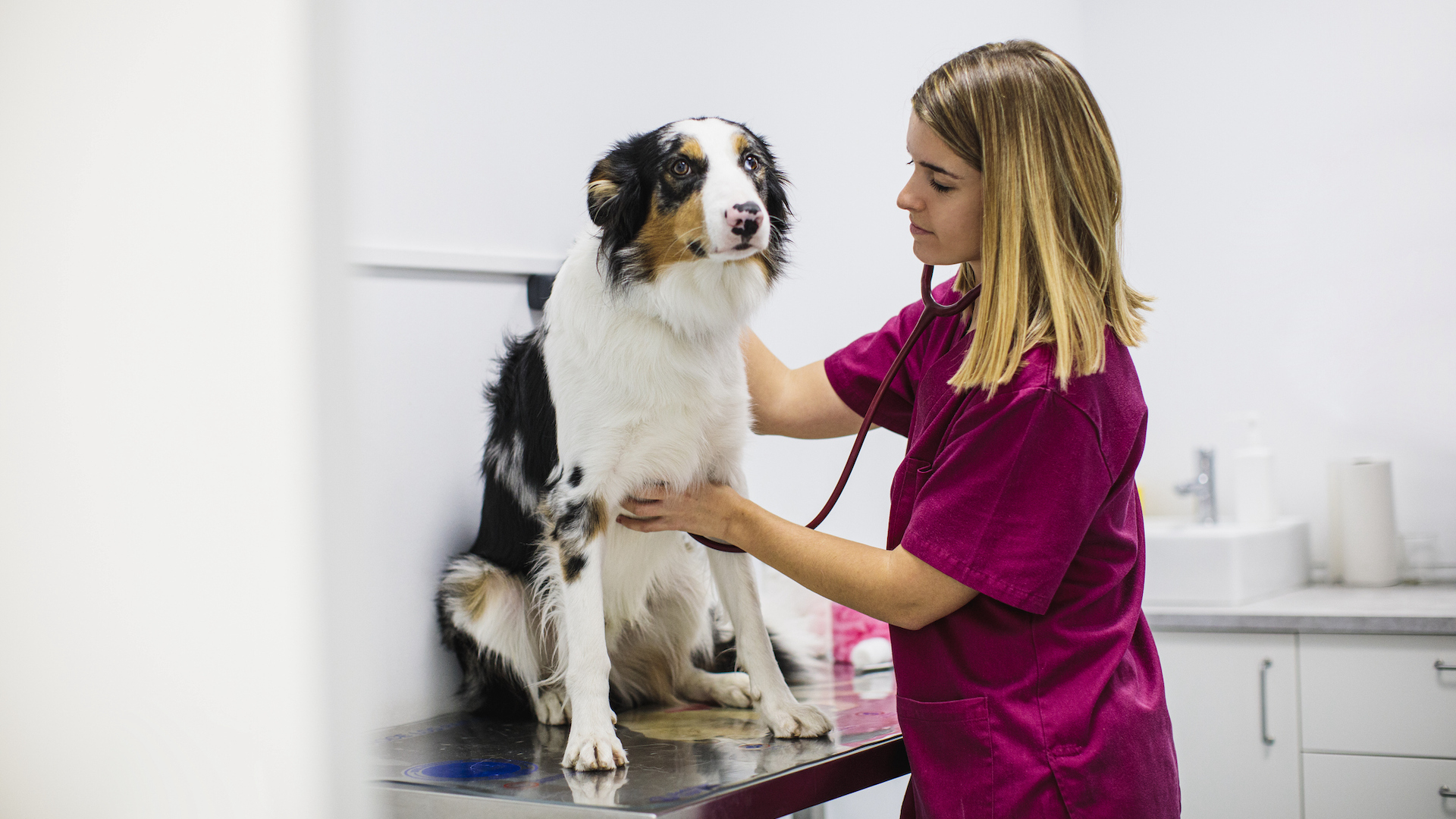
A healthy dog should still see your vet at least once a year, just to check everything is going well. Prevention is always better than cure, and this helps ensure you are on top of any potential issues. The vet will listen to their heart and lungs, run their hands over their body, especially the abdomen, to check for anything unusual. They will also check their eyes, ears and coat for general health issues. If you have any concerns, such as itching or digestive complaints which may not be obvious from the outside, discuss these with your vet.
17. Allow your dog to settle

Whether your new dog is a puppy or an adult, he will need time to settle into the unfamiliar surroundings. He may be used to littermates or other dogs being around. The sounds and smells will be different. Show them were they can sleep, and drink, and give them space to adjust to their new home without overwhelming them.
18. Making introductions
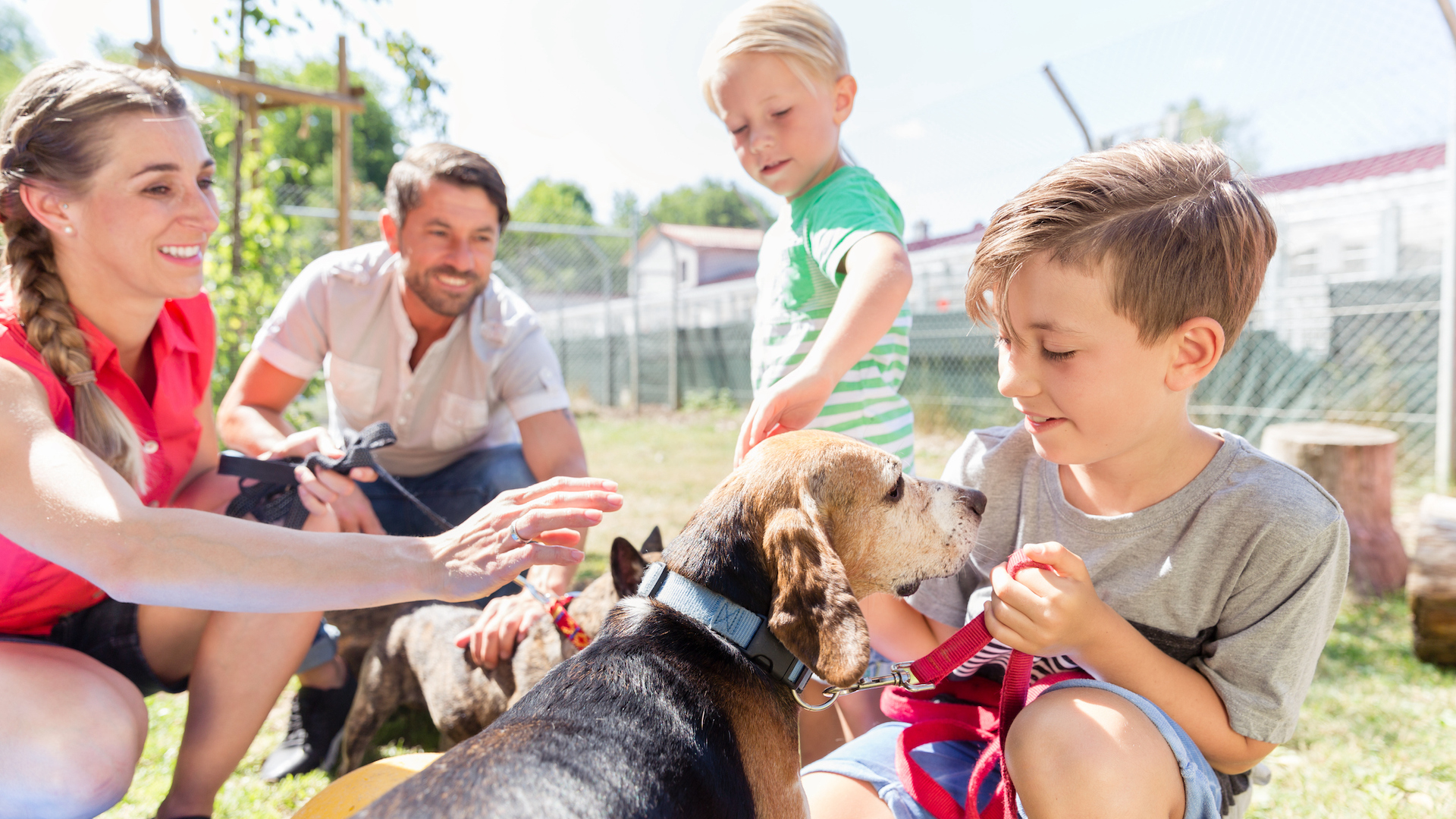
Whether it’s meeting family members or other pets for the first time, be careful not to overwhelm a new dog. Introduce people and pets one at a time, as it may be intimidating to have several at once.
Likewise, if you have had your dog a while, but are introducing a new pet – or person – into the fold, make the introduction calmly and gradually. With new pets it is often best to do so in a neutral space rather than somewhere the established pet thinks is their territory.
19. Be consistent
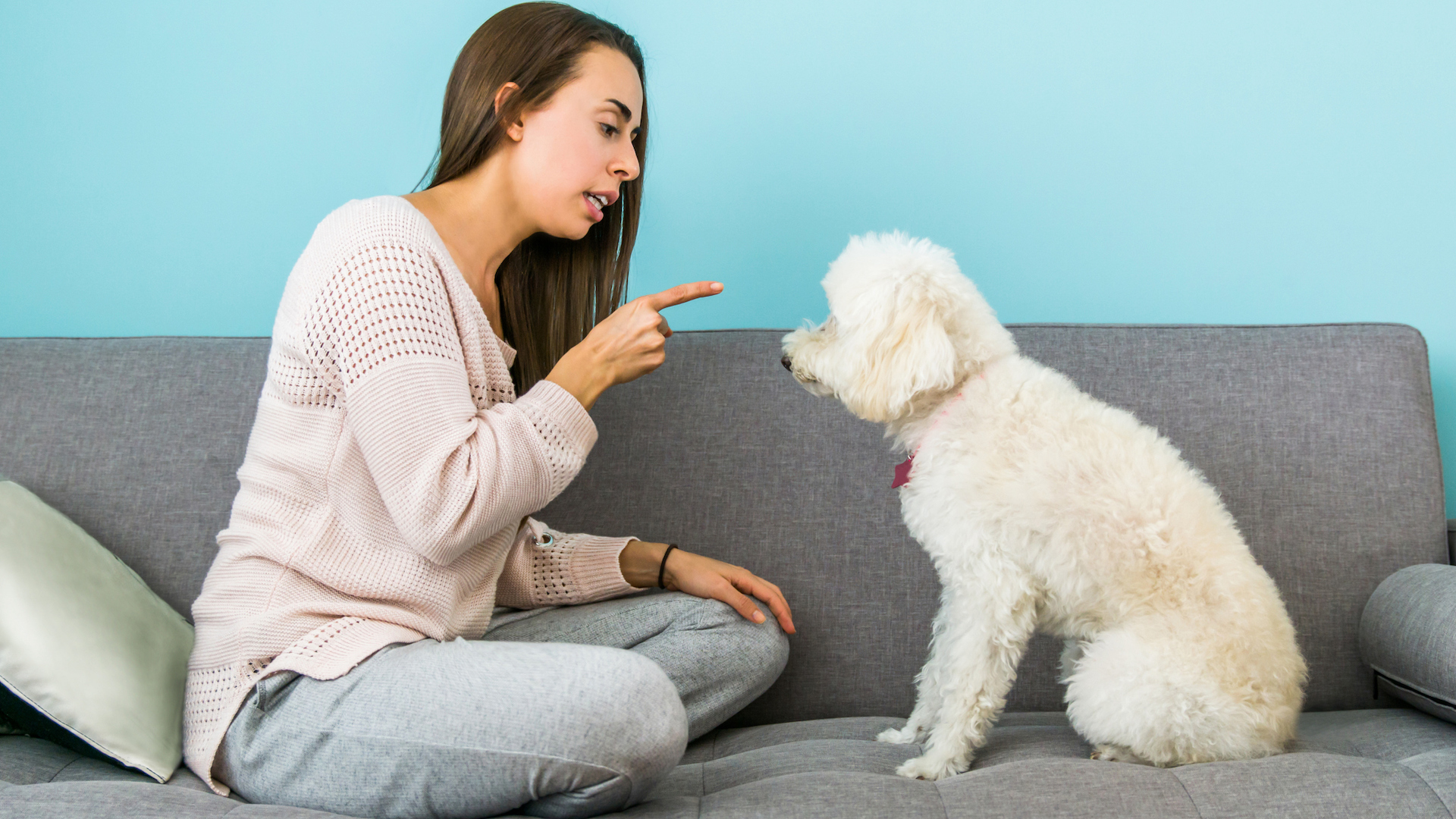
In all your training, consistency is key. The same goes for house rules. If you don’t want dogs on the couch, don’t turn a blind eye at some moments, and reprimand the dog at other times. Start how you mean to go on, firmly and kindly establishing the rules you want your dog to follow.
20. Healthy food
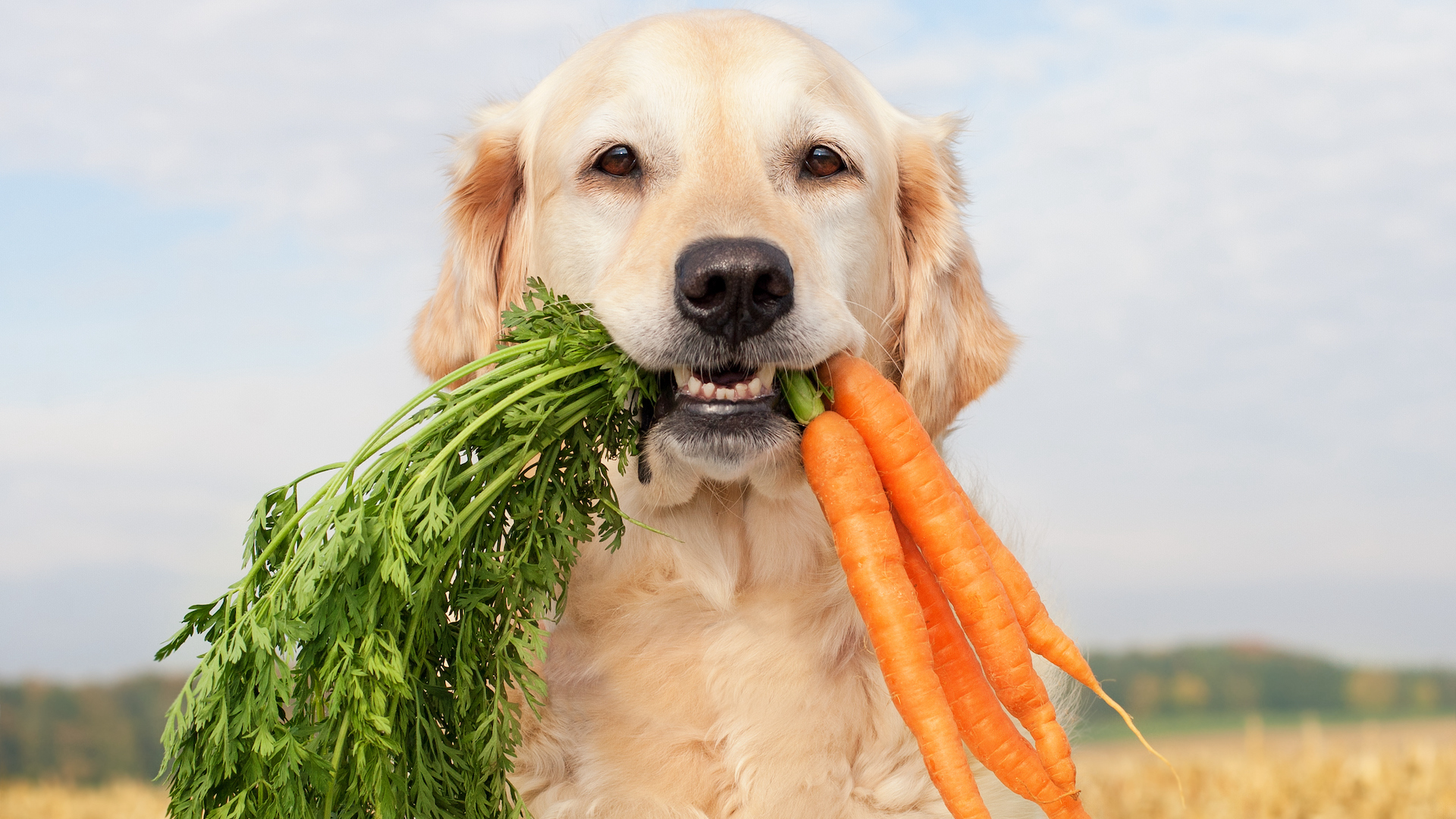
Do your research and decide what is the healthiest, most appropriate food to feed your dog. Some owners decide on wet or raw food, others kibble. Buy the highest quality you can afford, and make sure that it is free from artificial additives, preservatives and flavourings. If your dog has specific health conditions, such as arthritis, you may be able to choose a diet which can support them. Our guides to the best wet dog food, best dry dog food, best diabetic dog food and best dog foods for allergies will come in handy when searching for trusted brands.
Always consult your vet or a nutritionist for advice.
21. Vaccinations
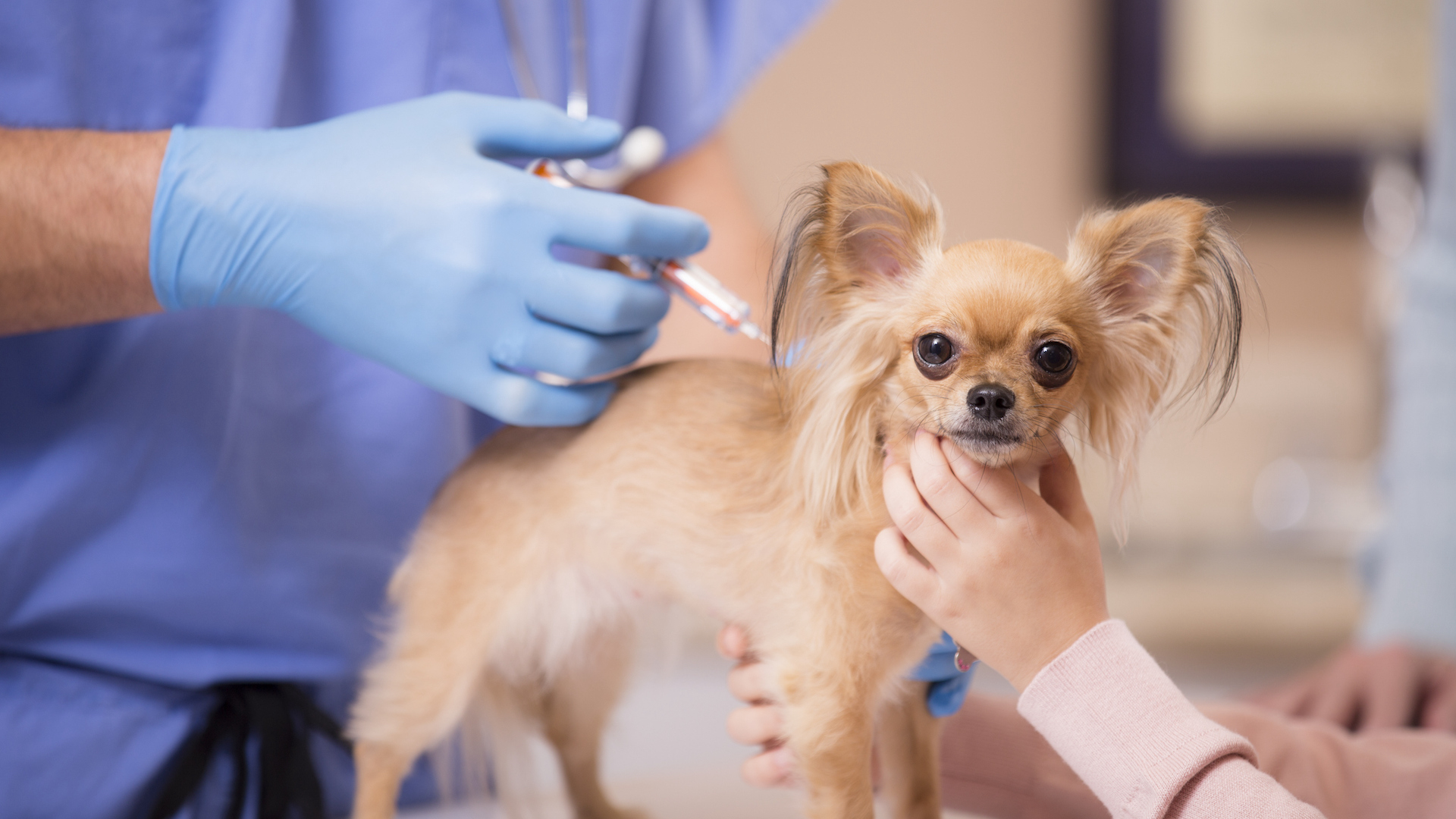
There are several canine diseases that you can protect your dog against through regular vaccinations. Most have an annual booster, but some, such as rabies, are only every three years.
Many boarding kennels will not accept dogs unless they are fully vaccinated against endemic canine diseases and some require kennel cough as well.
21. Regular worm control
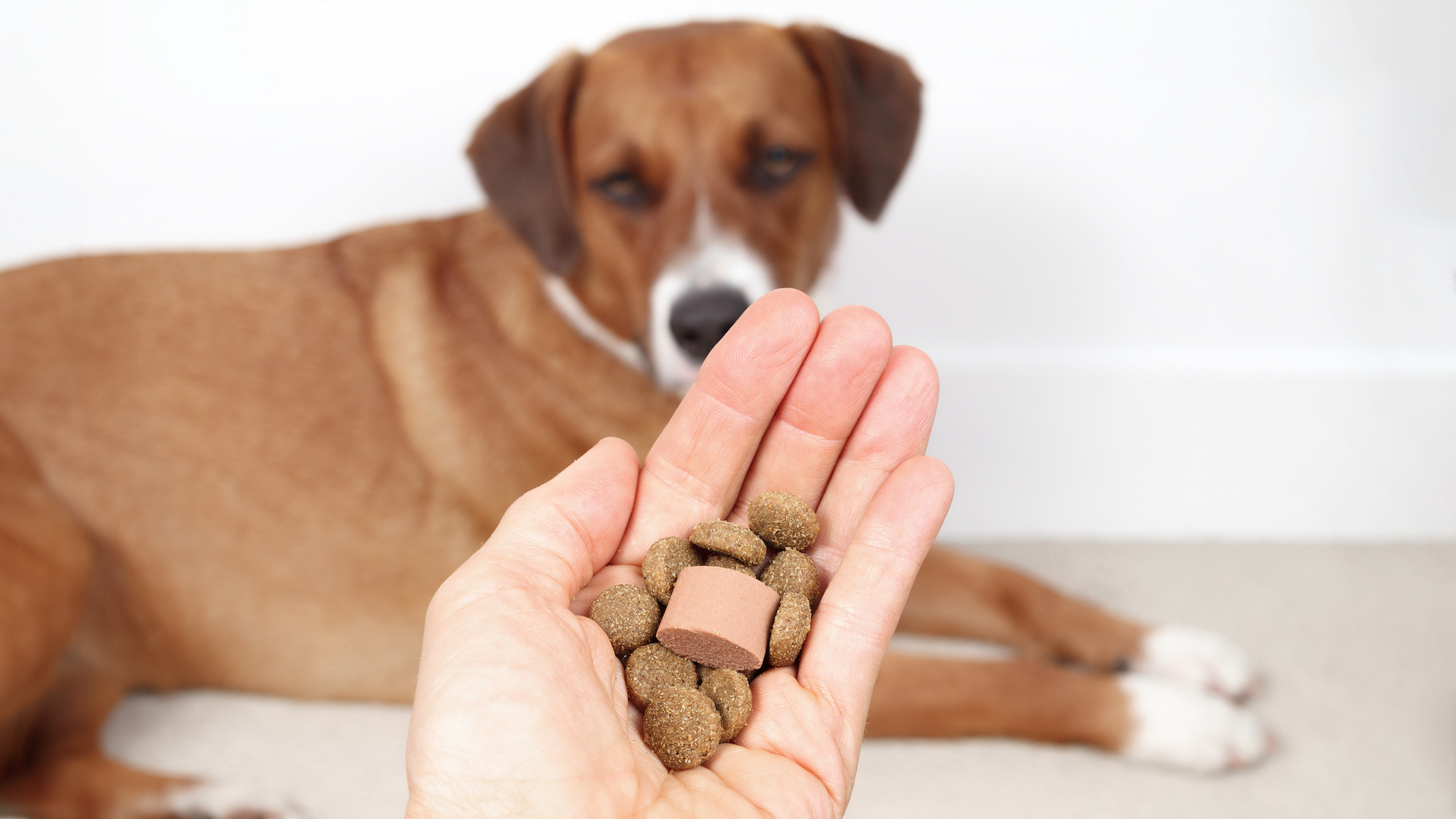
Some areas of the world are more prone to particular parasites than others, and your vet will advise on the kind of worming programme your dog should follow. Worms such as lungworm or heartworm can be deadly, so it’s not worth the risk. It’s usually a simple tablet once every three months, but vets may advise more frequently if your dog is particularly prone (or drinks from puddles, or eats animal carcasses).
22. Flea and tick control
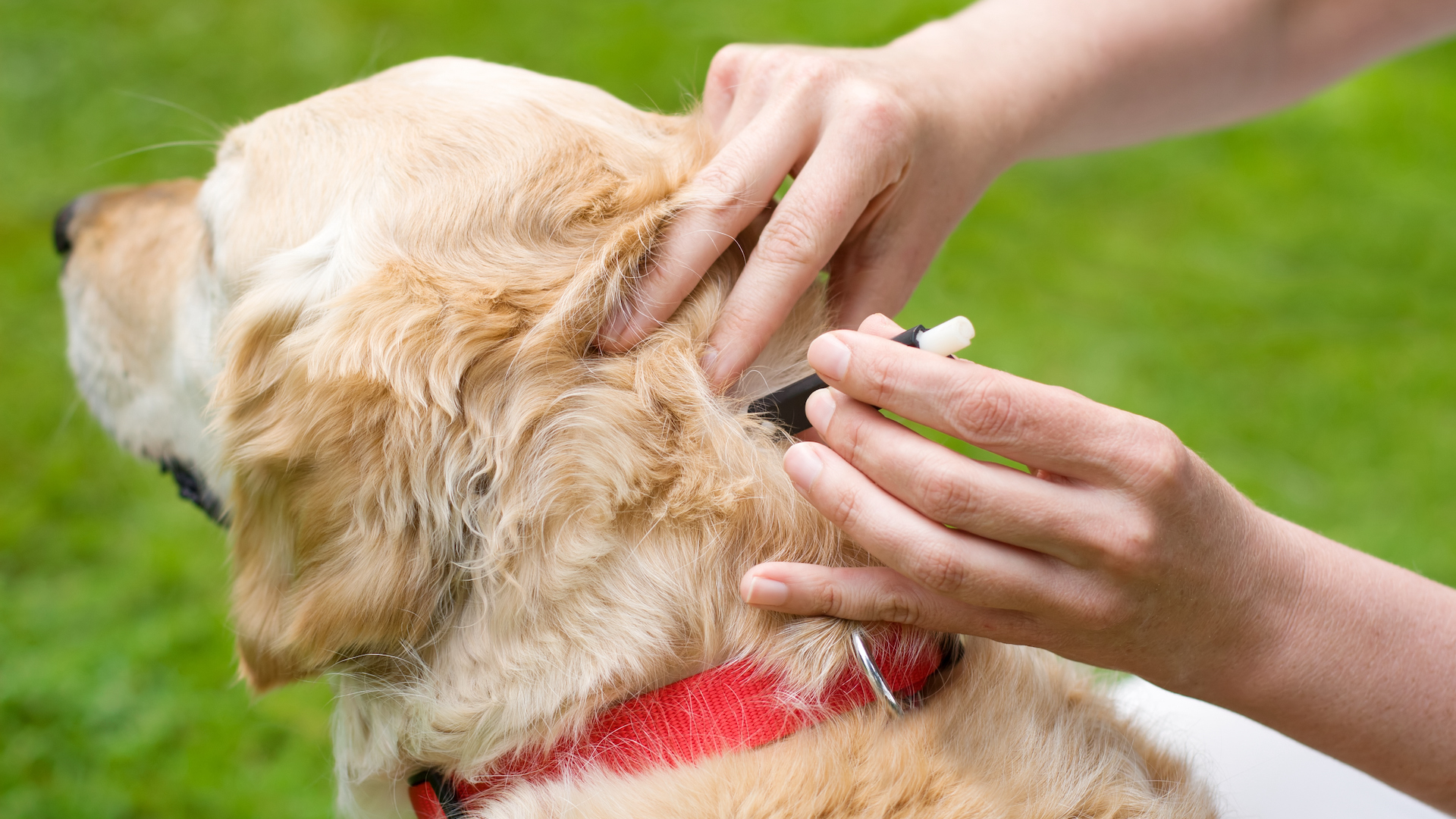
There are several ways to go about flea and tick control, whether it’s topical applications, sprays or collars, but almost all dogs are prone to an infestation. Seasons and locations all have an effect on the prevalence of these insects, but they are best prevented rather than having to treat an infestation. Ticks can cause Lyme disease, while fleas are extremely difficult to eliminate from the home once they settle in.
23. Know your dog

Watch your dog so you are familiar with their routines, their likes and dislikes, sleeping patterns and energy levels. Then you will be hyper-aware if they are off-colour and quick to seek veterinary help if something seems amiss.
24. Exercise
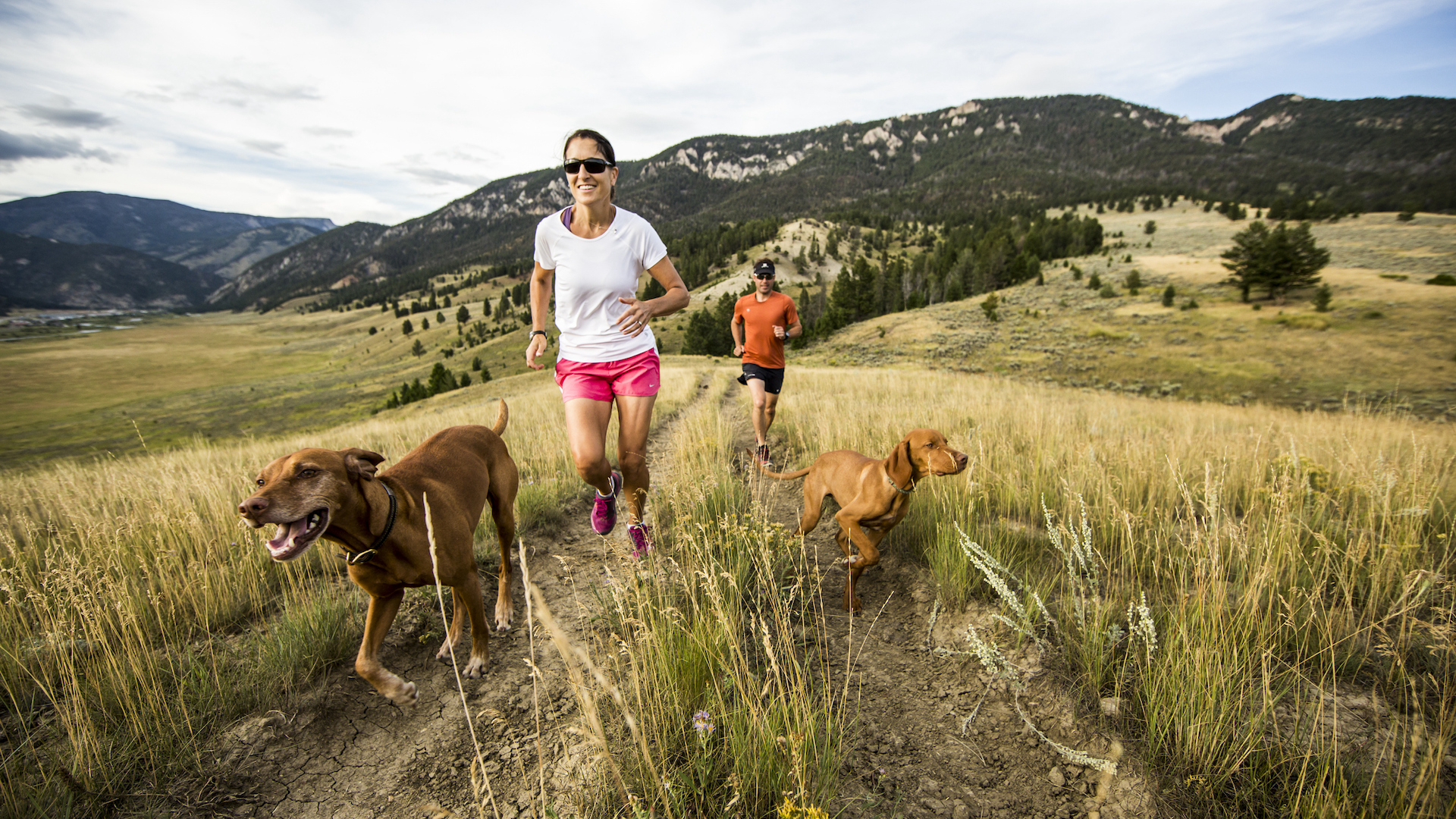
Nearly all dogs love exercise. Make sure you are giving your dog appropriate exercise for their age, breed, character and health condition. Different breeds have different energy levels, and some dogs with health issues such as arthritis may not be able to do as much exercise, or as high-intensity. So be guided by your dog, and consult your vet for advice.
And it doesn’t always have to be a long walk outside. You can play fetch or training games in the back yard.
25. Grooming time
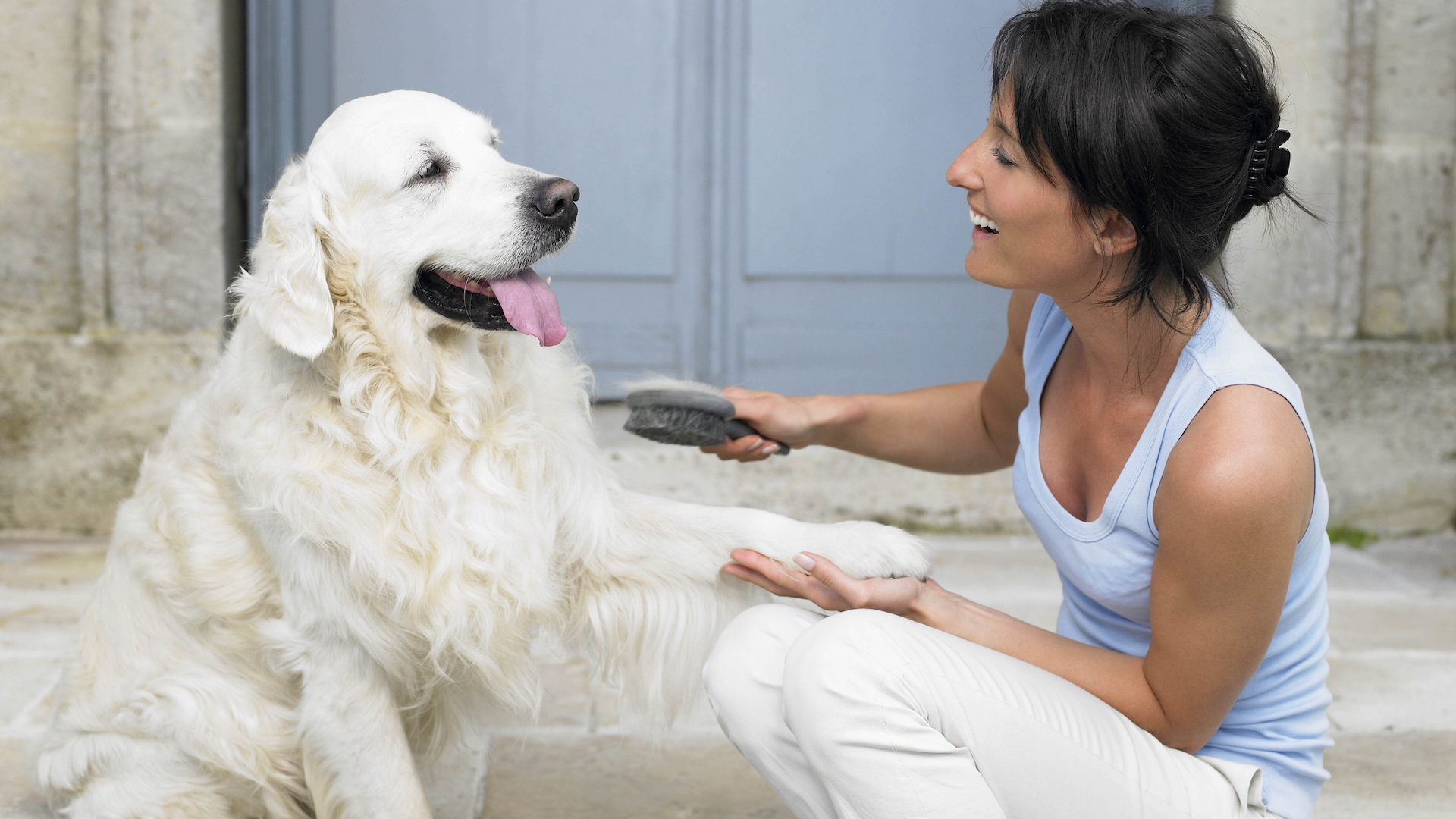
Dogs with long fur and double-layer coats undoubtedly need more grooming than less hirsute breeds. Many dogs can get away with just a quick brush once a week, but the more labor-intensive ones need a daily groom otherwise their coat will develop thick mats, which can become uncomfortable. It also helps to manage shedding and is good bonding time to boot.
26. Nail clipping

Unless your dog does a lot of exercise on roads or rocky ground, he is likely to need his nails clipped. If you hear them tapping or sliding on the hard floors in your home, it’s time. You can learn how to clip a dog’s nails, with a specific dog nail-clipping tool, but if you’re nervous about cutting the quick, ask your vet to do it, and show you how for next time.
27. Teeth brushing

Dogs are prone to tooth decay, gum disease and bad breath if their teeth are not looked after. You can purchase dental chews and toys that help loosen plaque, as well as brushing their teeth regularly – at least once a day.
28. Weight control

According to statistics, more than half of dogs in the US are overweight or obese. Given that as owners we can control what our dog eats (often far better than our own diets!), it is our loving responsibility to make sure our dog maintains a healthy weight, through the right amount of good food and exercise. It is not kind to overdo the treats. Consult your vet for advice if you are struggling to keep your dog at an appropriate weight.
29. Emergency contact

Have a plan in place should anything happen to you. If you are taken to hospital, injured or sick, someone should be ready to take on your dog until you have recovered. This should ideally be someone your dog knows already.
30. Write your dog into your will

Set aside funds to care for your dog for his lifetime should you die before your dog. If you live in a family, the dog will naturally stay in the home. But if you are on your own, or the rest of the family is unwilling to take on the responsibility, you need to enlist someone who is happy and ready to look after the dog in the event of your death. This creates legal responsibility for them to be the new owner, and you can rest assured they will be well looked after.
31. Playtime
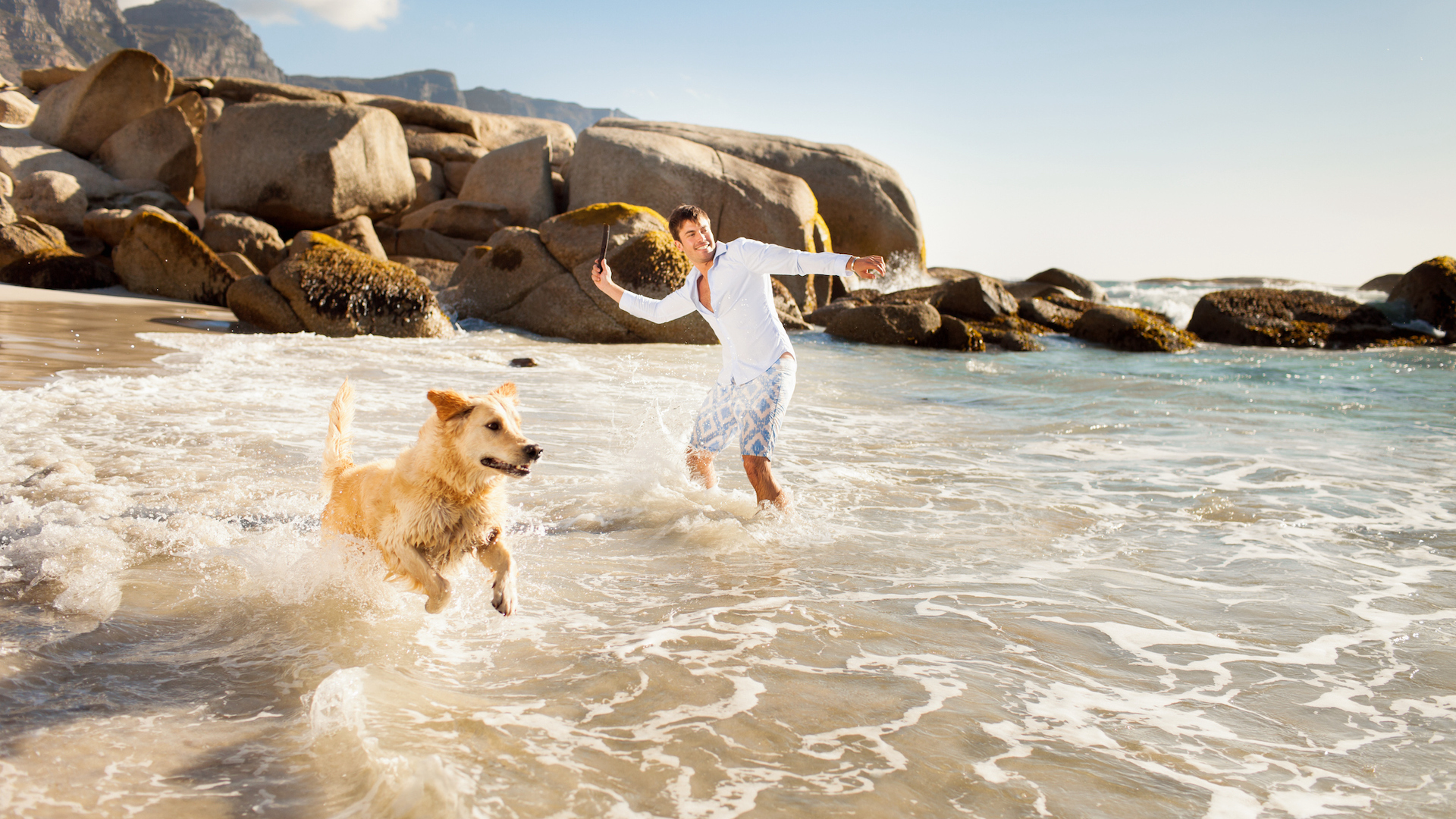
Dogs love to play – and they love to be with you. Take him on your adventures. Give them time, give them friendship, the odd treat, play fetch or a hide-and-seek game, get them sussing out puzzles – all of these are great ways to give your dog some stimulation which will in turn prevent destructive habits forming.
32. Know when it’s time to say goodbye
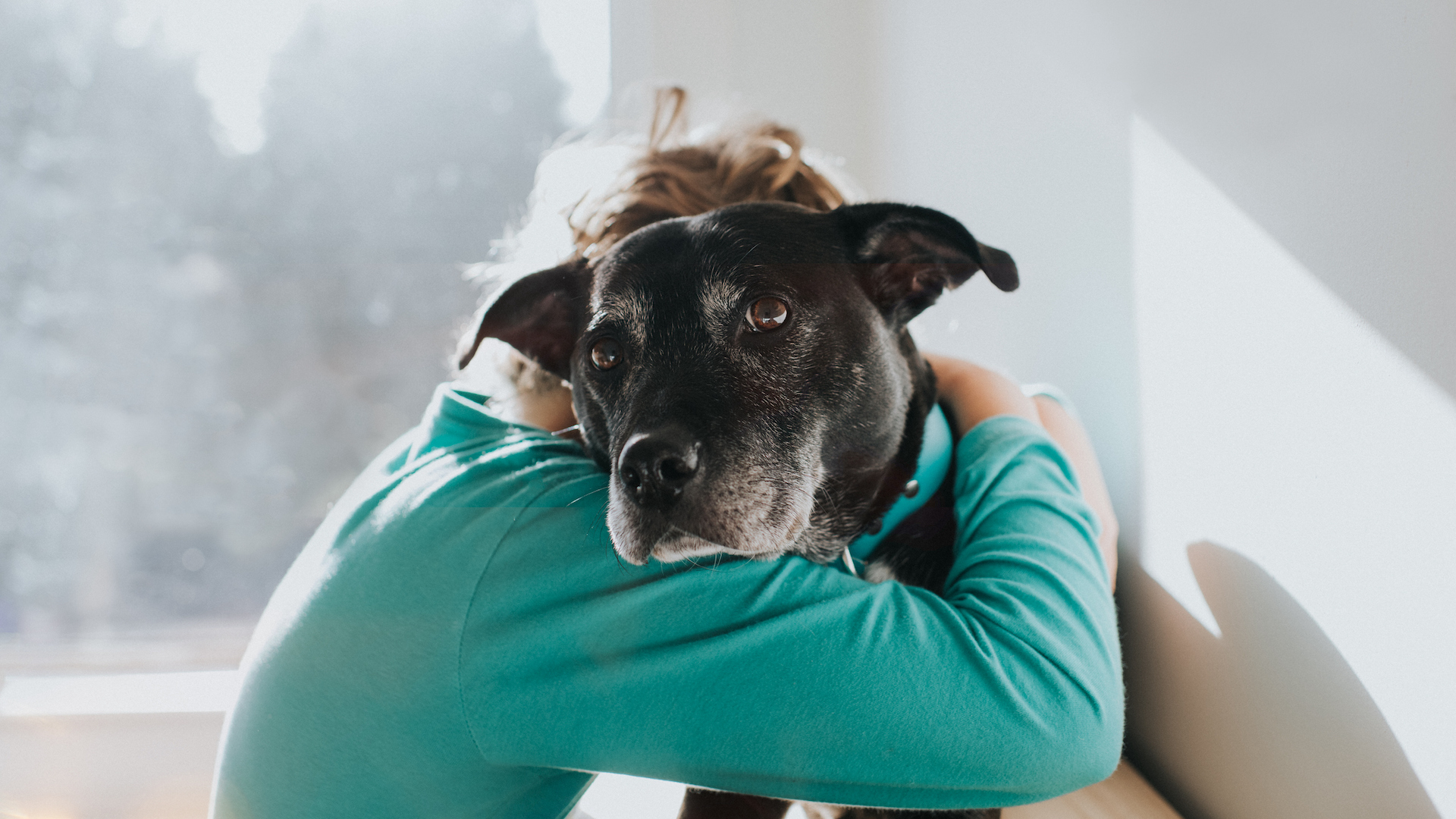
As the US author Agnes Sligh Turnbull once said: “Dogs’ lives are too short. Their only fault, really”. In most dog-owner relationships, there will come a time when the human has to say goodbye to their beloved pet. If your dog reaches the stage whether through illness or old age, when their quality of life is compromised severely, it is the right thing to have the dog put to sleep. The expression, “better a week too earlier than a day too late” is worth adhering to. There is no need for them to suffer. You can be there with them up until the end, and they will take great comfort in your presence.







